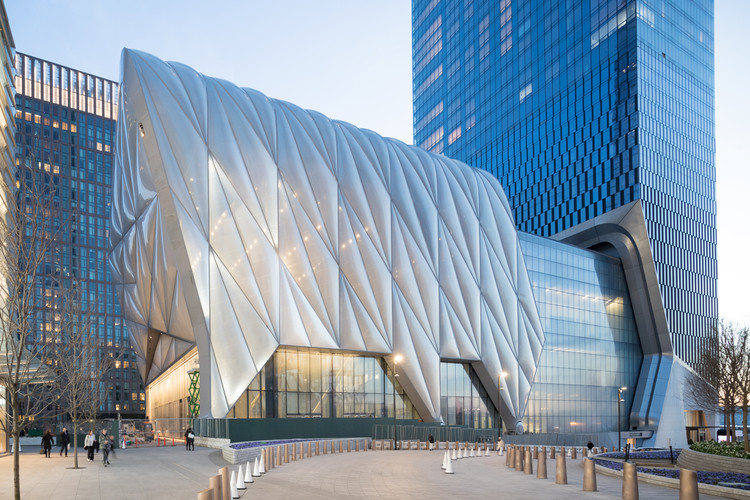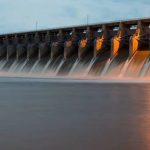Since the beginning of architecture, values such as balance and strength were the basis for all design, but recently a tendency to the adoption of organic and dynamic forms has emerged with great impact.
Historically, architects have understood the movement concept as the course of an eye that moves in space, yet the architecture itself, in its design and implementation was seen as static, fixed, ideal, and material. Static and equilibrium always have been tenets of traditional architecture, always associated with the concepts of proportionality and stability.
Issues that suggest movement and dynamics in architecture are often driven with picturesque views, where buildings were not only built as static forms, but conceptualized and designed based on models of rigidity and balance.
Even today, the common animation software for the architecture field reinforces that thought, which says that the architectural design belongs to the Cartesian space waiting to be animated by a mobile vision.
But recently began a new movement that seeks to change the view of the theory that judges and orders the design through treaties, manuals, and even styles and pre-established movements from the various historical periods. Building on a theoretical and philosophical basis, there are the experimenters of architecture through studies prismatic and diagrammatic, among several others, proposing an alternative beyond the common and based on their own studies and observations.

Instead of using animation software, which stimulates the ordinary movement in Cartesian space and linear, there is a growing movement that seeks an attempt to use advanced motion for dynamically designing architectural projects. This revolution is made through the combination of surfaces deformed by external physical forces and biological models, trying to coordinate better than conventional software architecture in order to design a unique and living project.
The explosive energy of these dynamic designs often seem to oppose the weight and the static nature of matter, like the floating house above designed by Jedrzej Lewandowski and Skirzynski Lukasz.

In their search for systems that simulate the appearance of life, the special effects and animation industry is crucial for this type of research at the intersection of determination and indeterminacy, that control is essential for the development of this dynamic design method, only with the use of typological geometry that can be bent, twisted, deformed, and referenced to when necessary to maintain its linearity.


